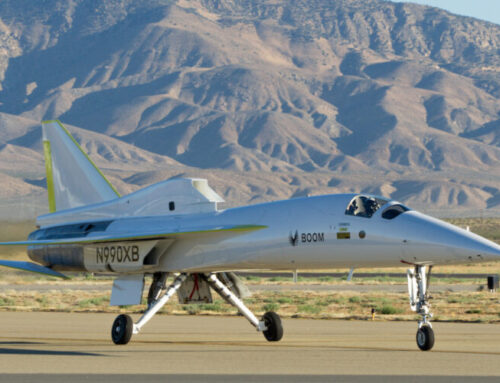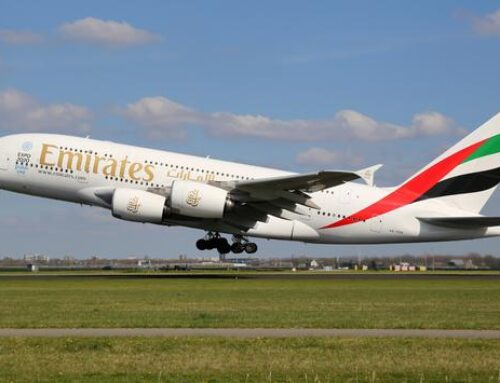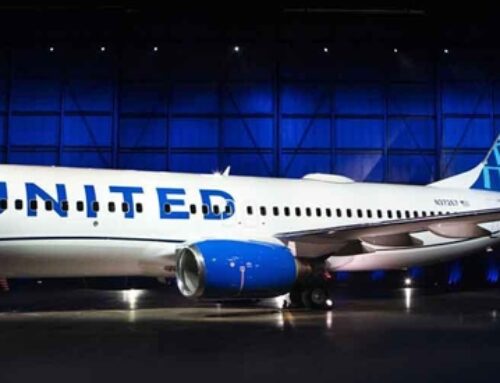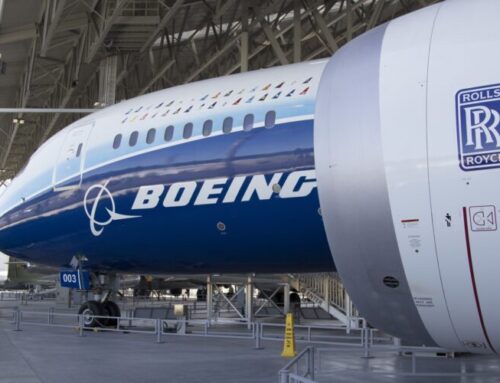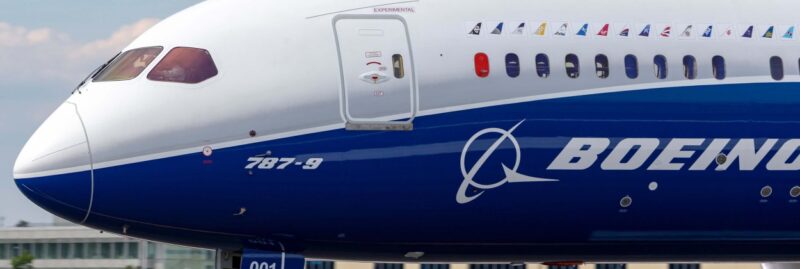
The Federal Aviation Administration (FAA) has taken decisive action to rectify a safety concern on the Boeing 787 aircraft. In a finalized Airworthiness Directive (AD), the FAA addresses the issue of water leaks affecting multiple electronic components, including critical flight equipment, on the Boeing 787-8, 787-9, and 787-10 models.
Following a notice of proposed rulemaking (NPRM) published on December 13, 2022, the FAA received reports of water pressure loss and leaks impacting various electronic equipment during flights. Prompted by these concerns, the FAA mandated that all operators of Boeing 787 aircraft conduct a thorough visual inspection (DVI) of the lavatory and galley potable water systems, specifically focusing on door 1 and door 3. The inspection aims to identify any missing or incorrectly installed clamshell couplings, and if necessary, implement corrective actions to mitigate the safety risk.
“The FAA is issuing this AD to address incorrectly installed or missing lavatory and galley clamshell couplings that could lead to water leaks and water migration to critical flight equipment, which may affect the continued safe flight and landing of the airplane,” the final rule AD states.
Approximately 134 Boeing 787 aircraft registered in the United States fall under the directive, which will take effect on June 29, 2023. Airlines are required to conduct the DVI of the lavatory and galley systems, with estimated labor costs of around $85, as stated by the FAA. However, the regulator acknowledged that there is limited data to accurately determine the cost estimates for the specified on-condition actions.
Various parties provided comments on the directive, including the Air Line Pilots Association, International (ALPA), which expressed support for the AD without any modifications. American Airlines, Boeing, and Japan’s All Nippon Airways (ANA) requested that only the aircraft listed in Boeing Alert Requirements Bulletin B787–81205–SB380021–00 RB, Issue 001, dated August 12, 2022, be considered as affected units, excluding undelivered aircraft.
These entities argued that Boeing has already implemented preventive measures to address missing or improperly installed lavatory and galley clamshell couplings on aircraft not listed in the bulletin. They also highlighted additional actions, such as issuing a request for discrepancy check (RDC) to inspect stored airplanes and initiating a Quality Assurance (QA) verification procedure for affected parts in future aircraft.
The FAA agreed with their request.
However, American Airlines expressed concerns that the final rule AD does not adequately address the safety issue or prevent its recurrence during future maintenance on the couplings. The airline claimed that the leaks result from individual operators’ actions rather than an inherent design flaw. Additionally, American Airlines emphasized that Boeing does not recommend replacing the couplings on the majority of the 787 fleet, as the current Boeing 787 maintenance manual provides detailed instructions for proper coupling installation and identifies detectable installation errors before aircraft operation.
The FAA partially agreed, noting that the NPRM already acknowledged the incomplete resolution of the issue. According to the FAA, the AD serves as an interim measure to effectively manage leak incidents until a suitable design change is developed and further AD action is proposed.
As part of the interim solution, the lavatory and galley Fleet Team Digest will be updated, and maintenance procedures have already been revised to address errors and include tasks that guide maintenance in areas where couplings are installed. These updates aim to restore the affected areas to their normal condition and involve inspecting couplings for proper installation before leaving the area.
While American Airlines argues that the condition is detectable, the FAA responded by highlighting cases of water pressure loss and post-landing water leaks affecting the forward electronic equipment (EE) bay, impacting multiple electronic components.
Furthermore, since the unsafe condition has not been fully resolved on all affected aircraft, the FAA asserts that the AD ensures inspections of all couplings according to updated maintenance procedures, ensuring the safety of the entire fleet. The FAA’s response states that the comment from American Airlines has not resulted in any changes to the AD.
Therefore, with only minor editorial modifications, the AD has been adopted as proposed, solidifying the FAA’s commitment to address water leaks on Boeing 787 electronics and enhance overall aviation safety.


